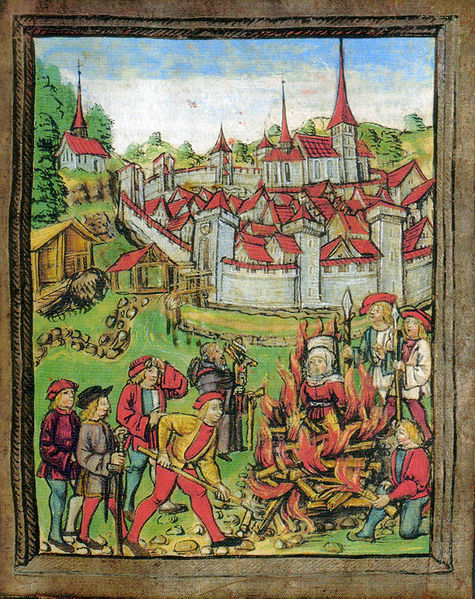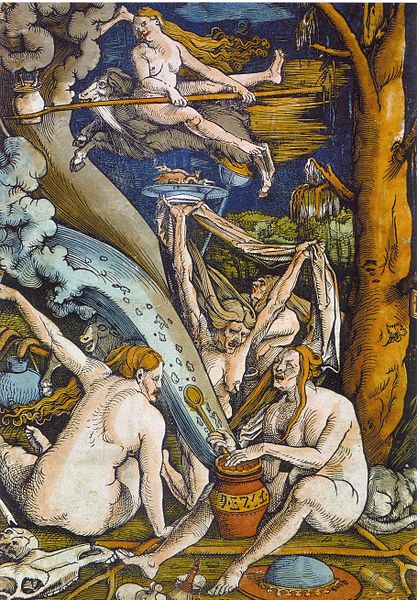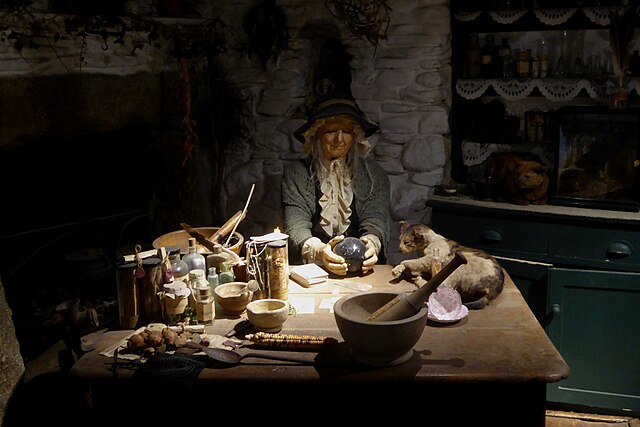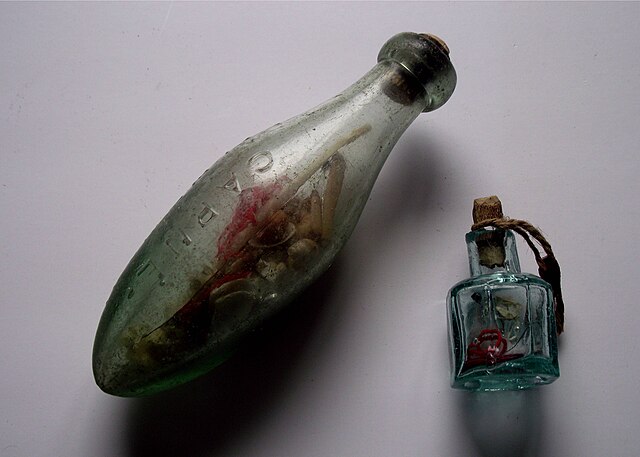A witch-hunt, or a witch purge, is a search for people who have been labeled witches or a search for evidence of witchcraft. Practicing evil spells or incantations was proscribed and punishable in early human civilizations in the Middle East. In medieval Europe, witch-hunts often arose in connection to charges of heresy from Christianity. An intensive period of witch-hunts occurring in Early Modern Europe and to a smaller extent Colonial America, took place about 1450 to 1750, spanning the upheavals of the Counter Reformation and the Thirty Years' War, resulting in an estimated 35,000 to 50,000 executions. The last executions of people convicted as witches in Europe took place in the 18th century. In other regions, like Africa and Asia, contemporary witch-hunts have been reported from sub-Saharan Africa and Papua New Guinea, and official legislation against witchcraft is still found in Saudi Arabia and Cameroon today.
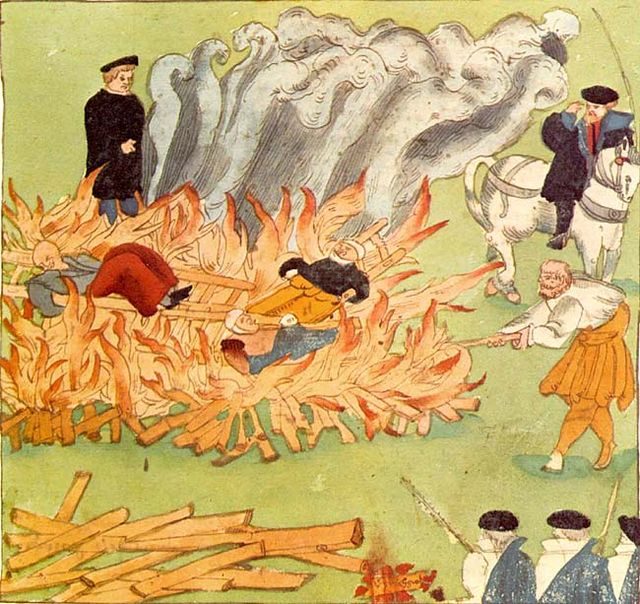
Burning of three "witches" in Baden, Switzerland (1585), by Johann Jakob Wick
Caius Furius Cressinus Accused of Sorcery, Jean-Pierre Saint-Ours, 1792
Burning witches, with others held in stocks, 14th century
The burning of a woman in Willisau, Switzerland, 1447
Witchcraft, as most commonly understood in both historical and present-day communities, is the use of alleged supernatural powers of magic. A witch is a practitioner of witchcraft. Traditionally, "witchcraft" means the use of magic or supernatural powers to inflict harm or misfortune on others, and this remains the most common and widespread meaning. According to Encyclopedia Britannica, "Witchcraft thus defined exists more in the imagination of contemporaries than in any objective reality. Yet this stereotype has a long history and has constituted for many cultures a viable explanation of evil in the world". The belief in witchcraft has been found in a great number of societies worldwide. Anthropologists have applied the English term "witchcraft" to similar beliefs in occult practices in many different cultures, and societies that have adopted the English language have often internalised the term.
The Witches by Hans Baldung (woodcut), 1508
Preparation for the Witches' Sabbath by David Teniers the Younger. It shows a witch brewing a potion overlooked by her familiar spirit or a demon; items on the floor for casting a spell; and another witch reading from a grimoire while anointing the buttocks of a young witch about to fly upon an inverted besom.
Diorama of a cunning woman or wise woman in the Museum of Witchcraft and Magic
A witch bottle, used as counter-magic against witchcraft




